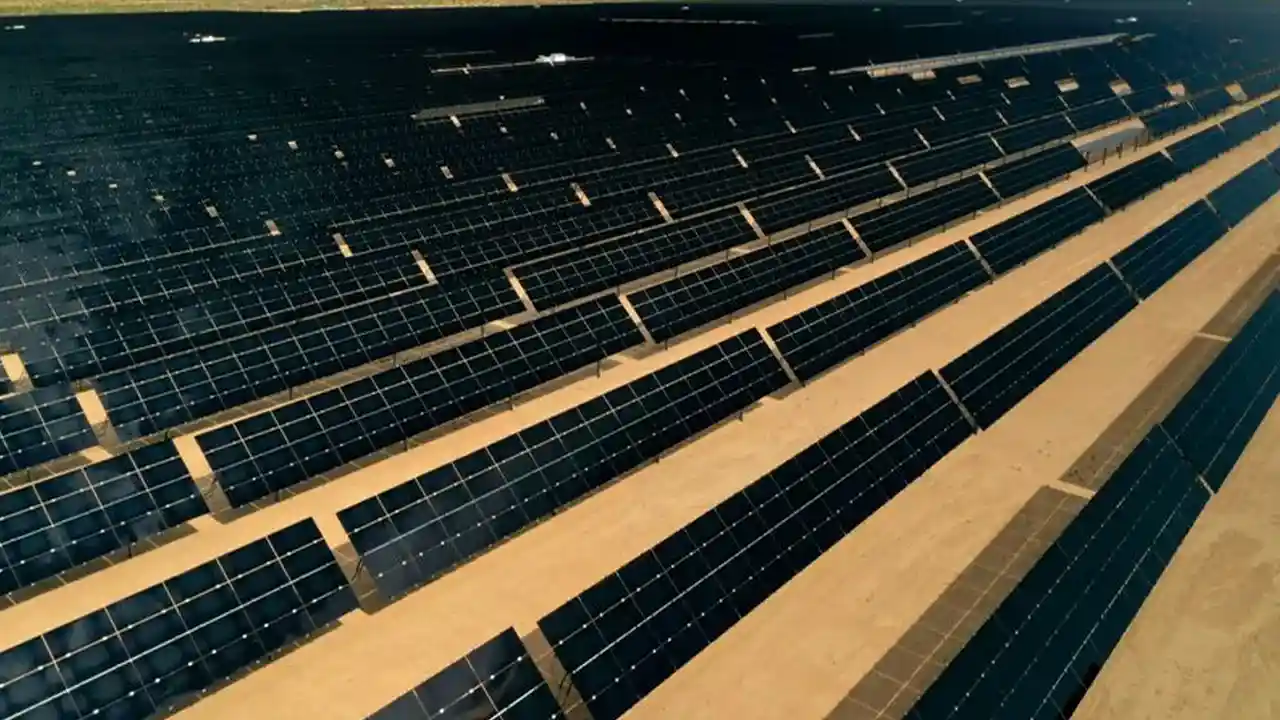China’s National Bureau of Statistics (NBS) today, July 9, 2025, released its latest inflation figures, painting a mixed economic picture. The China CPI inflation saw a marginal 0.1% year-on-year rise in June, reversing four months of declines.
However, the China PPI (Producer Price Index) continued its prolonged slump, contracting by 3.6% year-on-year, marking the 33rd consecutive month of shrinkage at the factory gate. This divergence highlights the ongoing challenge for policymakers: stimulating domestic demand to address deflationary pressures while managing industrial overcapacity.
CPI’s Marginal Rebound: A Glimmer of Hope?
Consumer prices in China edged up in June, offering a slight glimmer of hope for policymakers. The China CPI inflation registered a 0.1% year-on-year increase for June, snapping a four-month streak of declines, though it dipped 0.1% month-on-month. According to the NBS, this rebound is largely attributed to the government’s pro-growth fiscal and monetary stimulus packages aimed at boosting domestic consumption.
A significant factor was the recovery in prices of broad industrial consumer goods, which saw their year-on-year decline narrow. Crucially, core CPI (excluding volatile food and energy prices) continued its upward trend, reaching 0.7%, marking a nearly 14-month high and suggesting some underlying improvement in demand.
Specific categories contributing to the rise included daily necessities (up 0.8% year-on-year) and clothing prices (up 0.1% year-on-year). Even prices for gold and platinum jewellery saw significant increases, reflecting a shift in consumer spending patterns.
PPI’s Prolonged Deflation: A Deep-Seated Challenge
In stark contrast to the consumer side, China’s PPI continued its prolonged deflationary trend, dropping 3.6% year-on-year in June. This decline widened from May’s 3.3% fall and marks the 33rd consecutive month of contraction at the factory gate, representing the steepest fall since July 2023. On a month-on-month basis, the PPI decreased by 0.4%.
This sustained deflation at the industrial level is primarily driven by subdued domestic demand and cautious consumer confidence. Analysts and the NBS point to persistent industrial overcapacity, which has led to fierce “price wars” across various sectors as manufacturers compete for limited demand.
Additionally, lower energy prices, partly due to the growth of solar, wind, and hydropower, have reduced power generation costs. Pressure on export-reliant industries from slowing global trade and rising protectionism further exacerbates the decline.
The implication of this deep PPI deflation is a squeeze on corporate profits, potentially leading to reduced investment, employment, and a broader drag on economic growth.
Divergent Trends and Economic Implications
The simultaneous marginal rise in CPI and prolonged shrinkage in PPI presents a complex paradox for China’s economic management. While a positive CPI is a welcome sign for consumption and suggests that stimulus efforts are having some effect on household spending, the deep PPI deflation indicates that manufacturers are struggling to pass on costs.
This reflects fundamental weaknesses in industrial demand and highlights the challenge of overcapacity. The Chinese government continues to roll out efforts to stimulate the economy, including consumer goods trade-in policies and e-commerce promotions aimed at boosting domestic consumption.
However, the People’s Bank of China (PBOC) faces a delicate policy dilemma: how to stimulate demand without exacerbating industrial overcapacity or introducing new financial planning. This ongoing factory-gate deflation in China could, however, have a broader impact, potentially helping to ease global inflation pressures, particularly for commodity prices, as China exports its excess supply at lower costs.
Outlook and Policy Outlook
While the marginal CPI rise offers a glimmer of hope for a demand recovery, the prolonged China PPI shrinkage signals that the Chinese economy is far from a robust and balanced recovery. The underlying issues of weak industrial demand and overcapacity remain significant headwinds.
The focus for policymakers will continue to be on strengthening domestic demand, addressing industrial overcapacity through structural reforms, and fostering a more balanced economic structure to ensure sustainable growth and alleviate persistent deflationary pressures. For expert analysis on China’s economic outlook and policy challenges, consider reports from the Council on Foreign Relations.

Leave a Reply